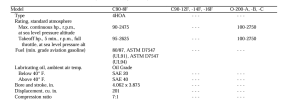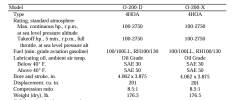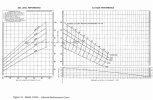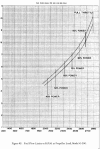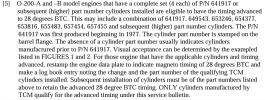Gone Flyin
Pre-takeoff checklist
- Joined
- Nov 30, 2020
- Messages
- 120
- Display Name
Display name:
Gone Flyin
Wondering if anyone has any data to that will help compare the Continental 0-200's RPM and cylinder compression to the horsepower it is producing.
In other words... this, from the internet:
"The Continental 0-200 will give its maximum rated HP of 100, for a period not exceeding 5 minutes, at 2750RPM under correct atmospheric conditions".
I read the last part as a standard day at around sea level.
They do not say this... but, can one assume this is an engine producing a compression of (near) 80 over 80 for each of the four cylinders?
That being the case, is there a way to determine horsepower based on RPM? If an engine producing less than 80/80 on some cylinders is only producing an RPM of 2600 what is the approximate horsepower?
Let's forget about using a dyno to do this the right way. Just looking to get a rough idea, here.
In other words... this, from the internet:
"The Continental 0-200 will give its maximum rated HP of 100, for a period not exceeding 5 minutes, at 2750RPM under correct atmospheric conditions".
I read the last part as a standard day at around sea level.
They do not say this... but, can one assume this is an engine producing a compression of (near) 80 over 80 for each of the four cylinders?
That being the case, is there a way to determine horsepower based on RPM? If an engine producing less than 80/80 on some cylinders is only producing an RPM of 2600 what is the approximate horsepower?
Let's forget about using a dyno to do this the right way. Just looking to get a rough idea, here.

